🌲 How did the Development of the Atomic Bomb Change the World?🌲
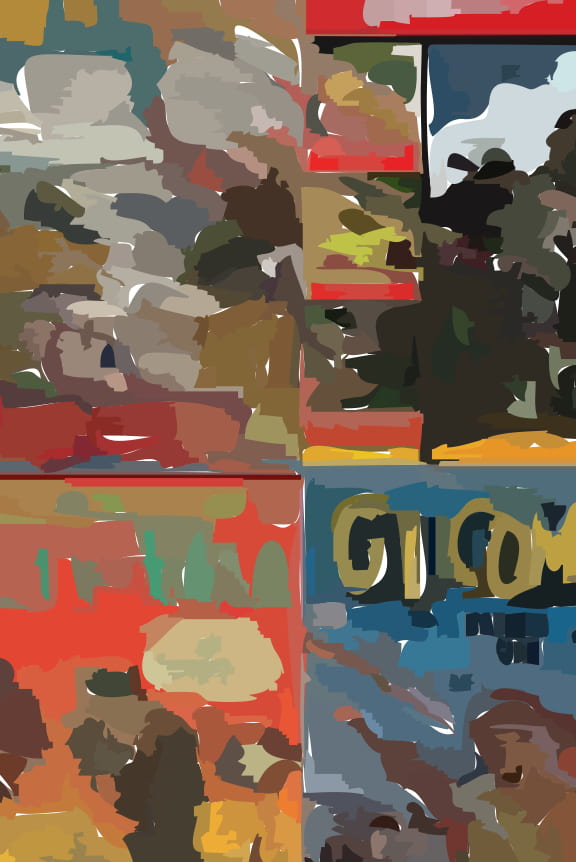
Hello and welcome back to the forest of learning! The second project of PLP 11 is officially a wrap, which incidentally means another post added to the ol’ blog.
In this post, you’ll find my reflection of my learning from our most recent PLP 11 project “Manhattan Project²”. Evidently from the name you might have guessed that in this project we learned all about the Manhattan Project – and if you guessed that, then you are indeed correct. In this project, we learned about the deep history surrounding this event and its historical significance and relevance to today. To apply this knowledge, we worked within small groups to publish a unique interactive book with the intent to establish and form a specific claim as to why the Manhattan Project is historically significant. I don’t feel that I demonstrated my absolute best work in this project, but I do really appreciate how much I was able to practice and strengthen certain learning habits that will help me a lot in the future.
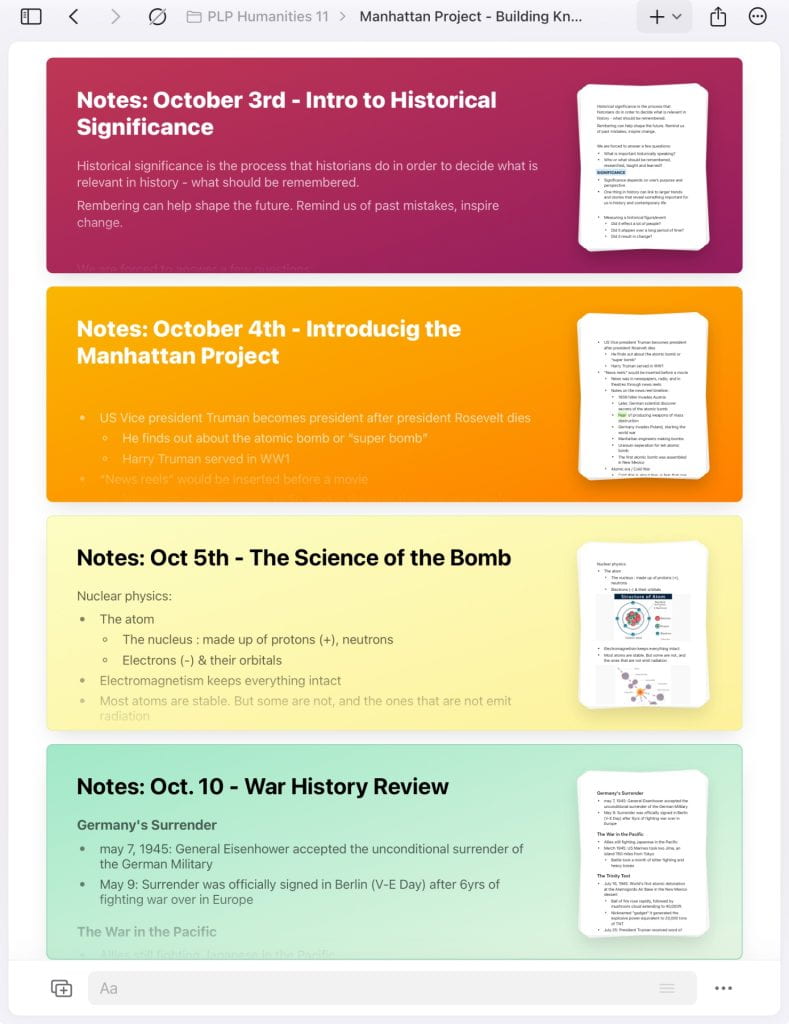
To start off this project, we began learning all about historical significance, the history of WW2, and especially focussing on the context and significance of the Manhattan Project in relation to both of those concepts. We took notes in craft over a series of lectures. Taking notes using craft was a big learning curve for myself – especially in terms of organization – and after these lectures were done, I felt a lot more competent with using craft as a tool which I am very happy about. When learning about the Manhattan Project, I found the scientific aspect of this event was very fascinating to me. I really loved learning about nuclear energy in the lectures and I found that this excitement helped me determine which aspects of the Manhattan Project I would dive into researching later in the project.
One thing I noticed during these lectures was my internal anxiety surrounding participating in class. I found that there were many moments that I wanted to contribute to discussions or answer questions but I felt nervous to. I felt that way because I don’t like to be viewed as a “know it all” from my peers – I have found that with that stereotype comes with lots of false assumptions and toxic dynamics within relationships with my peers and I don’t enjoy being put into that box. I recognize that one of my biggest strengths as a person is to engage fully and think quickly, but I find that it’s also something that I have grown to be insecure about as I’ve gotten older. I hope I can get to a point that I have the confidence to contribute in the classroom without feeling internal judgement.
Below you can find the notes I took in class ⬇️
We applied our knowledge that we learned regarding historical significance through doing a writing assignment. Our task was to choose any event, person or development and justify why you believe it is historically significant. This assignment was completed in a Claim Evidence and Reasoning (CER) format and was in response to the guiding question “How do historians make choices about what is worth remembering?”.
Initially, I chose to write my piece on WWII. I chose this topic because I felt that this event was the most significant event in history according to the criteria of historical significance
The criteria for deeming an event/person/development historical significant is as follows;
- Prominence at the time
- The consequences
- What it revealed
Based off of the criteria, you can probably guess why WWII was my first choice. However, I struggled a lot with this topic given the magnitude of it. There is a lot to cover in any historical event but WWII is especially difficult as it is extremely complex. I found it challenging to develop a concise claim and what to focus on within my writing. I also found it challenging to find relevant and strong sources to support my writing. Overall I don’t feel too great about my first draft but it’s alright – I’m much happier with my revised version.
Below you can find my first draft ⬇️
During the revision process, I decided instead to focus on the formation of the Independent State of Israel. I chose this because this topic relates to my first draft due to the fact that the formation of this nation happened as a consequence of WWII. Choosing this event was also something of interest to me because of the significance of this event in relation to my own identity. When revising, I also made sure to find better sources – which involved me digging around my father’s office searching for books about the topic and lots of deep diving on the internet. Overall, I think I improved a lot in my second draft.
Below you can find my second draft ⬇️
Choosing this topic, although I didn’t know it at the time, also foreshadowed some of the struggles I would face throughout this project in terms of my mental health. On October 9th, the war in Israel started. My mom was in the country at the time, my dad had just gotten back, and the rest of my family and Israeli friends were and are still there. Needless to say it took a huge toll on me and it impacted my ability to feel mentally prepared to be in school for quite a long period of time, and as I am writing this, it still affects me a lot. This was a big challenge to face throughout the rest of this project – trying to find the capacity to be present, complete work, and generally be a good student and person while I am grieving with Israel and Palestinian people. I am incredibly proud of myself for being strong and honouring my feelings when I needed to throughout the project.
Making the Book 📚
Our task was to make an interactive book that explains why the Manhattan Project is historically significant.
This project was a part of the New Mexico field study. Students who went to New Mexico in Los Alamos (where the atomic bomb was developed) learned all about the history and gathered lots of interviews and videos throughout their time there. Each group had least two students who were participating in the field study. My group consisted of Dana and Theryn who both went on the trip, and Ben, Max, and I who stayed in Seycove.

As most group projects start (or any project for that matter), we began by brainstorming for our book. To help get us inspired, we participated in an activity in which our group was given a few books from this same project that was created by a PLP student in the past. We were able to identify what we liked and didn’t like in each book. I found this activity to be very helpful as I was able to be inspired by the creative choices that these students had made.
Following this activity, out group made a brainstorm which can be found here below ⬇️
As mentioned, two of my group members went to New Mexico. Before they left, we delegated roles for the book. My roles included being the Art Director, History Supervisor, and Researcher. This means that my primary responsibilities were to create visual elements to be included in the book, make sure that the content included within the book is historically accurate, and to research using relevant and trustful sources and write my sections of the book.
While Dana and Theryn were in New Mexico for a week, the rest of my team members and I worked to organize, plan, and focus on what we would contribute in the context of our roles. During the week I was actively using basecamp and really helped to organize our work for the project. When our team members left, we really hadn’t made any big decisions about our book that everyone was on the same page about, so it was a bit tough to confidently progress with out them. However, given the circumstances, I’m really proud of the way I handled it. I think I really helped to make sure that our group members that were on the trip would be able to catch up with what we have completed at home. I think that I did a good job of communicating and collaborating with my peers throughout this time and it made a big impact on our overall progress as a group. During this time, we also developed a claim for our book.
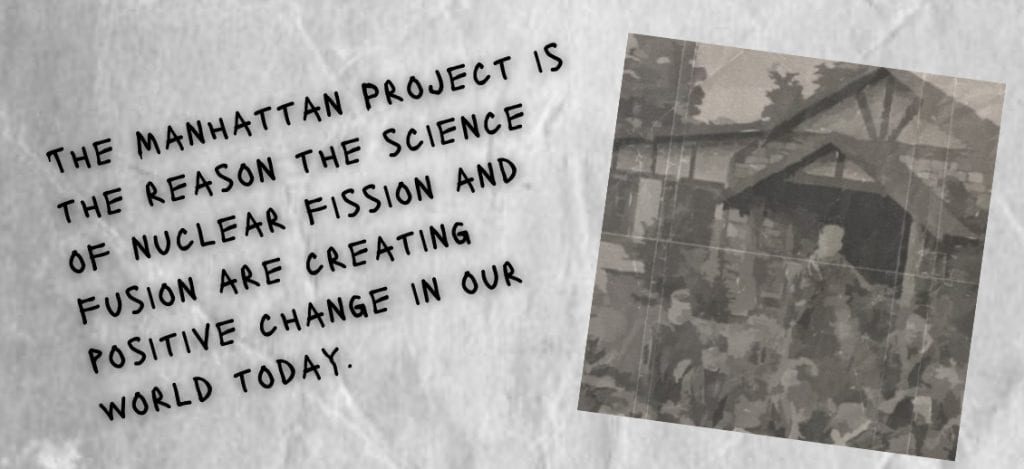
Starting the week that they were away and for the rest of the project, we worked on our own roles and responsibilities.
During the time that Dana and Theryn were away, I was able to write and research my three sections in the book: The Development, the Science of the Bomb, and the Legacy of the Manhattan Project. I spent lots of time researching and identifying possible sources as well as annotating, taking notes, and writing for my section. It took – what felt like – a very long time to complete my sections but in the end it was worth it, because I think they were a great addition to the book. My biggest challenge was making my writing concise while also connecting the content to our claim. I spent the bulk of my time revising my work to be as concise and effective as I could.
Here is my research document that includes my writing and typed notes ⬇️
As the art director, my job was to create the artistic additions to complement the text in our book. I took on this role to challenge myself to re-familiarize myself in using the iPad as a creative tool. I made these visuals over the course of a week or so, and I’m really happy with them!
I made an animation showcasing a nuclear chain reaction in Keynote…
I made two 3D models of the bombs “Fat Man” and “Little Boy” using Tinkercad….
Annnnnd a bunch of visuals for our book on Procreate and Curve
Looking back, I am really proud of my artistic creations that I made for the book. I put in a lot of effort and I think it really payed off! I faced a lot of challenges getting used to using the iPad as a creative tool again, but overall it was definitely worth it because I feel much more confident now compared to how I felt entering the project.
In terms of my role as a historical supervisor, I made sure to read through my group mates’ writing and ensure that they properly cited their work. For any areas that needed further investigation about the validity, I spent time researching in class to make sure that everything in the book is historically accurate.
Aside from my assigned role, I also worked on a few other things. I spent a lot of time working on the layout of our book and inputting everyone’s work into it, ensuring that the citations were accurate, creating the bibliography, communicating, organizing, managing basecamp. generating ideas, and editing. I put a lot of effort and time into the creation of this book and I’m really proud my additions.
Overall as a group I believe that we did really well. We each worked independently to contribute to the book and did a great job working together in the classroom. I felt like the work was distributed quite evenly and it resulted in a book that I think we can all be proud of.
Below you can find my finished book!
***⚠️ COMING SOON – still figuring out how to embed it ⚠️
In addition to the books completion, we also did an in-class “test” type activity. In this activity, we had one hour to read through the “Speech to the Association of Los Alamos Scientists” and form a written response.
Below you can find my first draft ⬇️
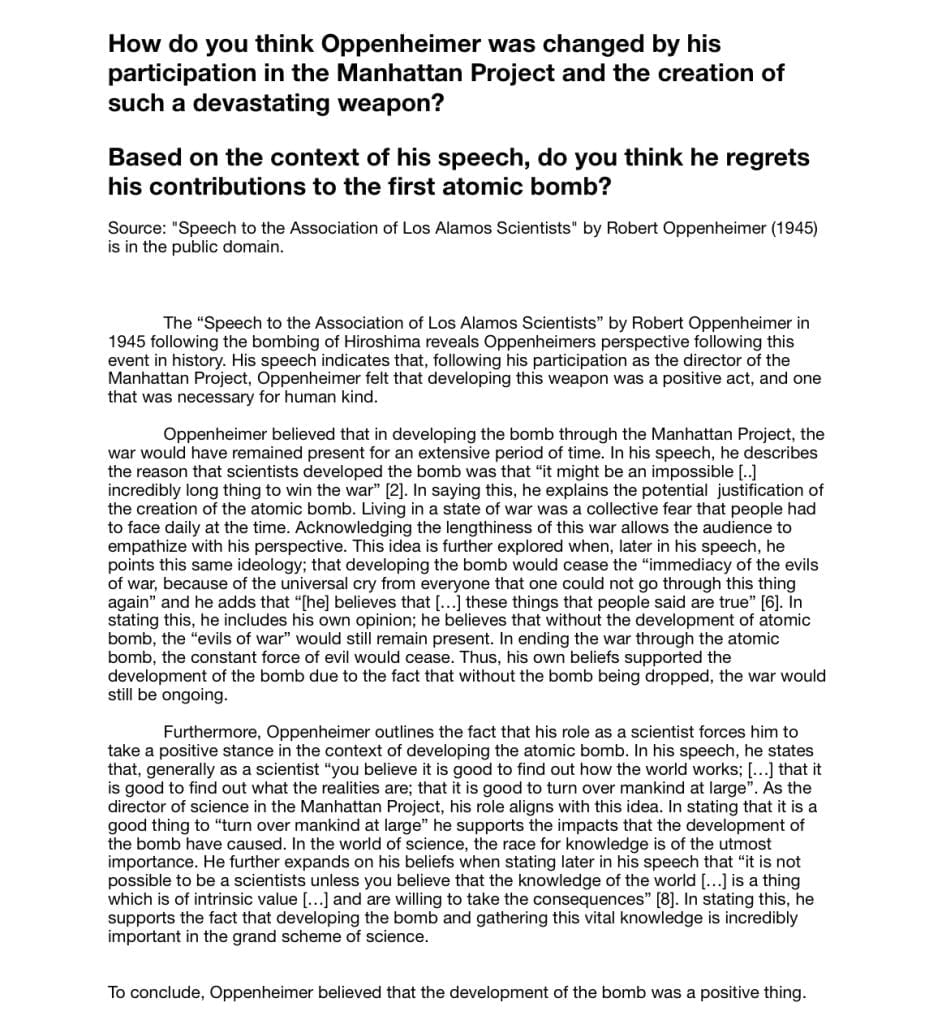
I found this task to be very interesting because it required me to analyze a new text and write a response within a short amount of time. Given the time restraint, I think I did created a strong response – however I did struggle to complete my writing in time. I’m grateful we had the opportunity to revise it!
Below you can find my final response ⬇️
[final draft in progress]
So, how did the development of the atomic bomb change the world? Well, the atomic bomb’s development ended WWII swiftly, triggered a Cold War arms race, and reshaped global geopolitics. Scientific advances fuelled by its creation led to both nuclear energy and arms control efforts. The fear of nuclear conflict influenced international relations, and culminated in the concept of Mutually Assured Destruction (MAD). The atomic bomb’s legacy encompasses military, technological, and diplomatic realms, leaving a lasting impact on the world.
Thanks for making it to the end of this blog post.. you’re a trooper! Seriously, this one was one heck of a chonker. And as always, thanks for watching me grow in the forest of
🌲 learning🌲







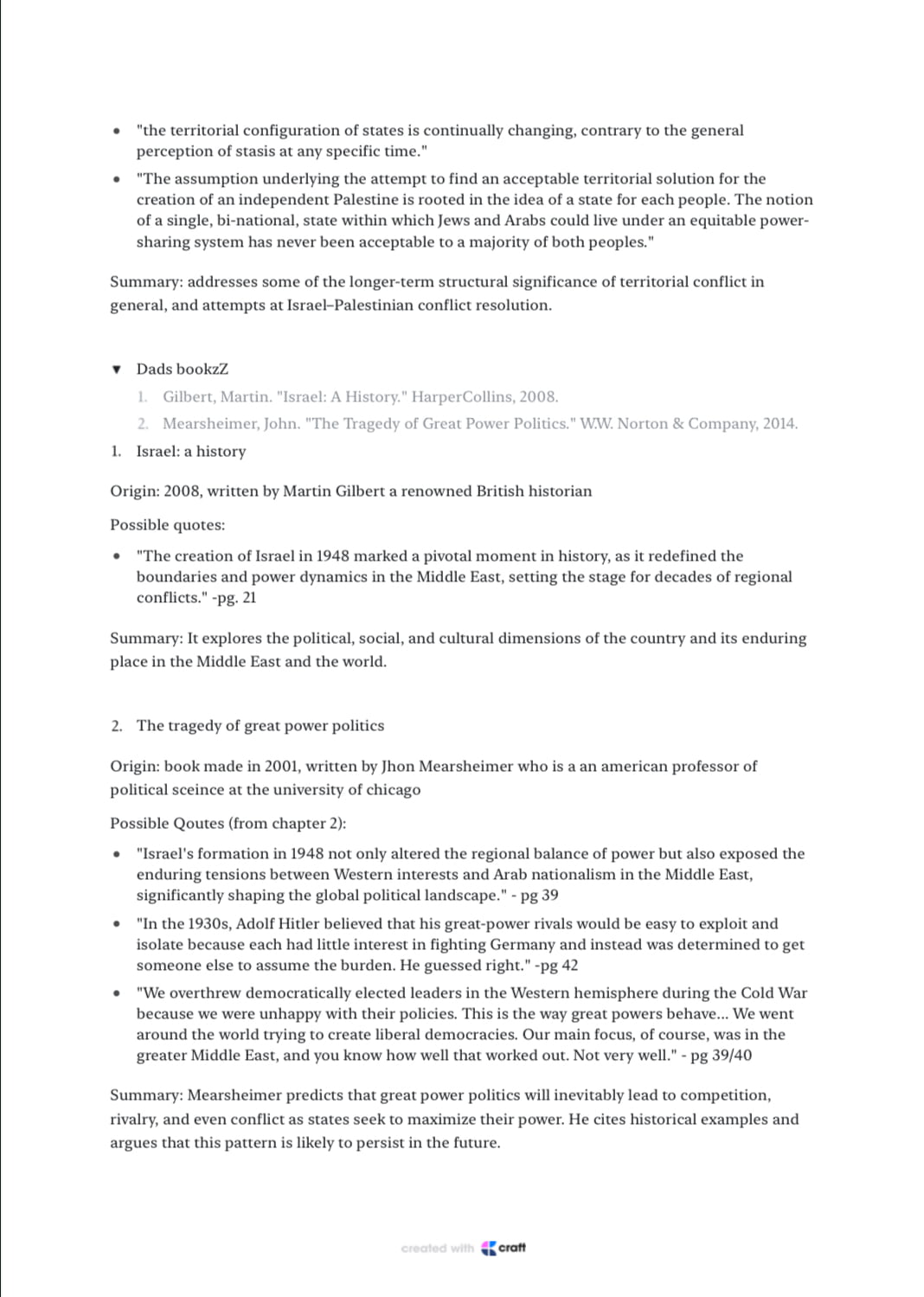

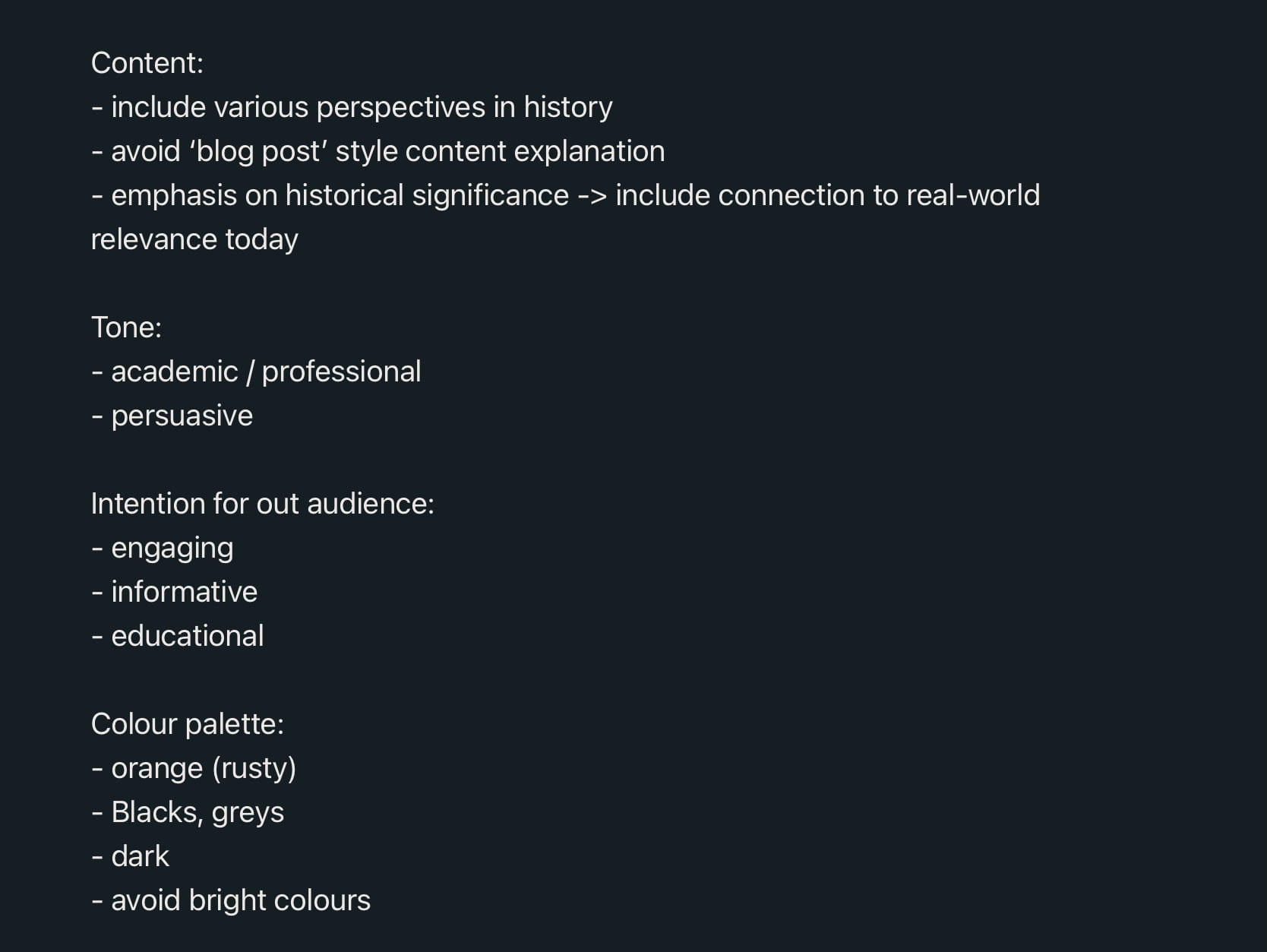
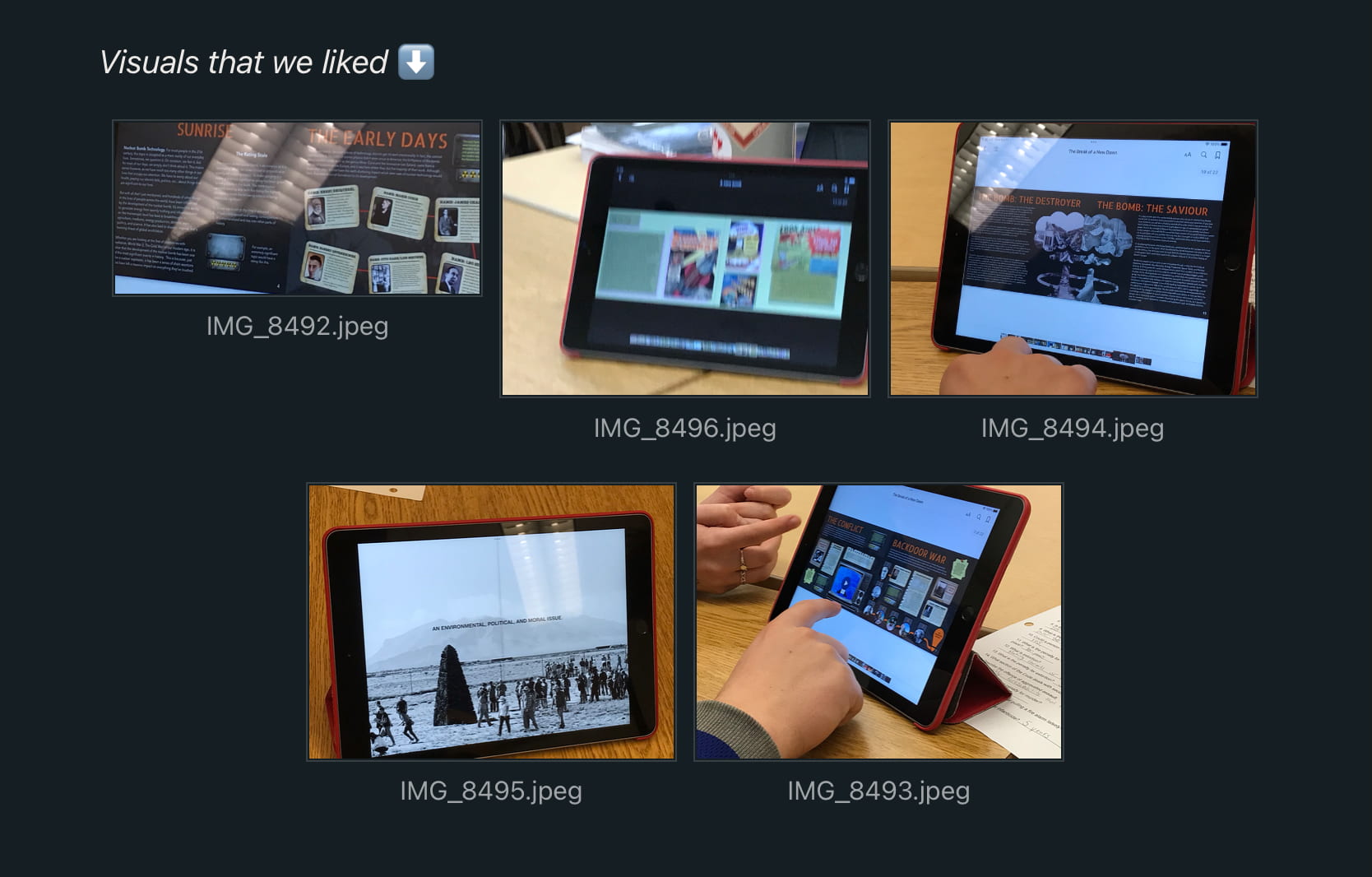
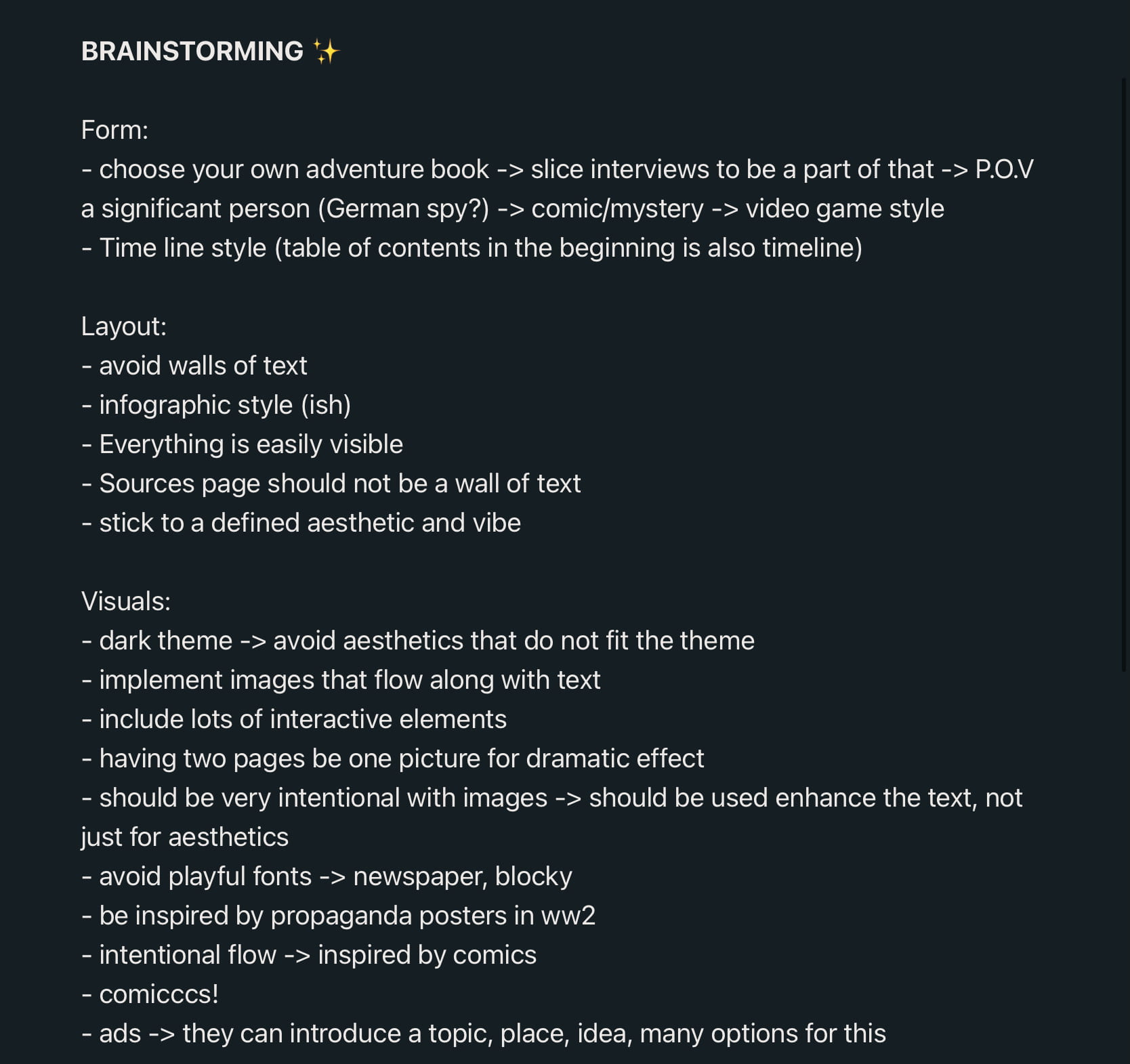
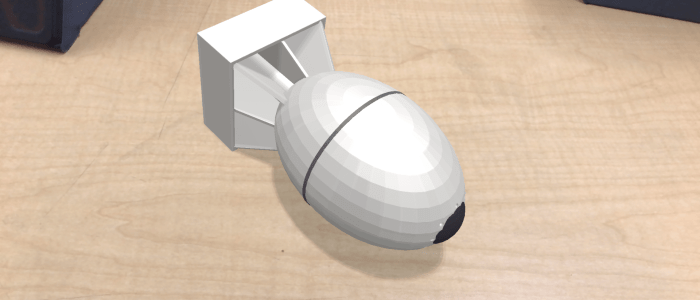

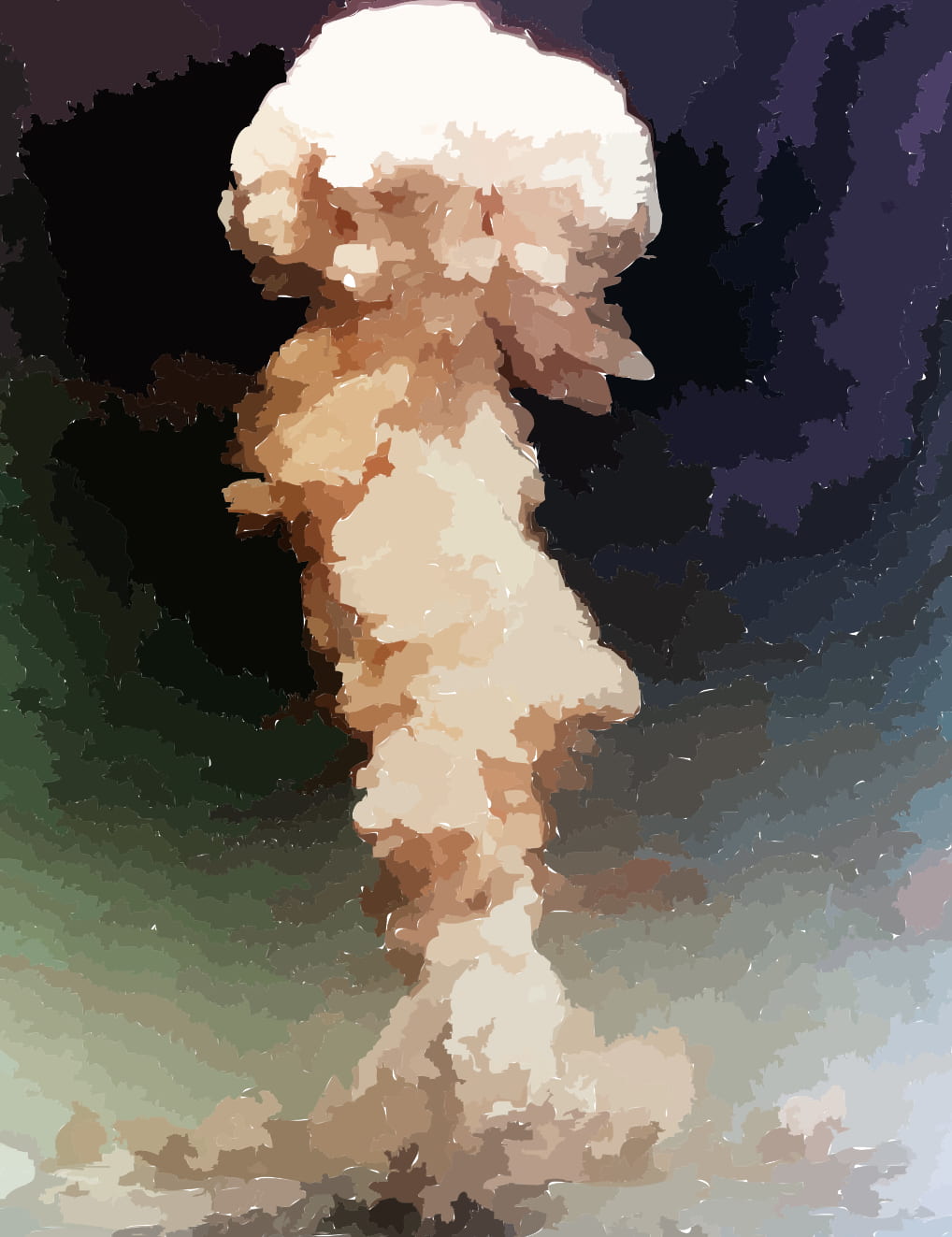
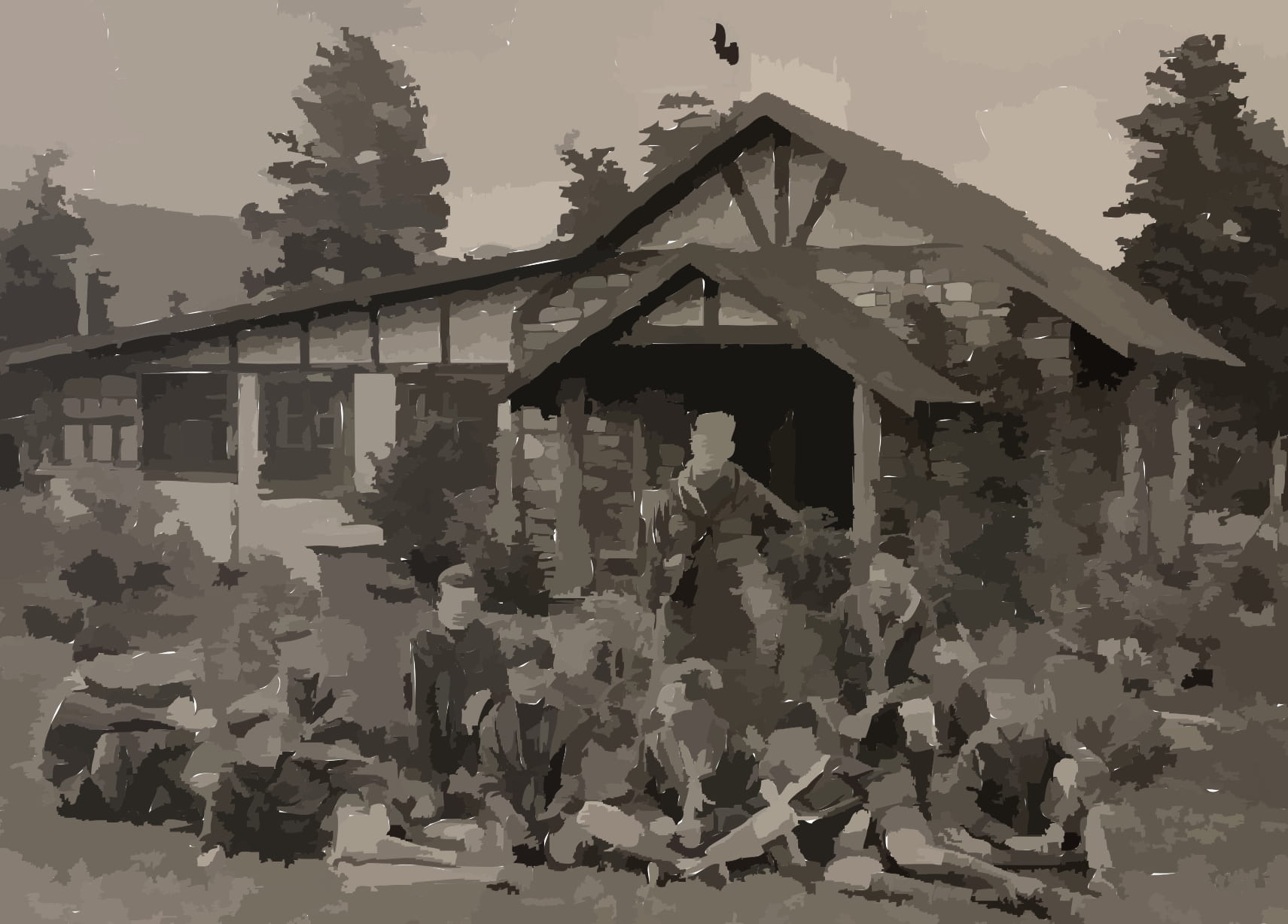
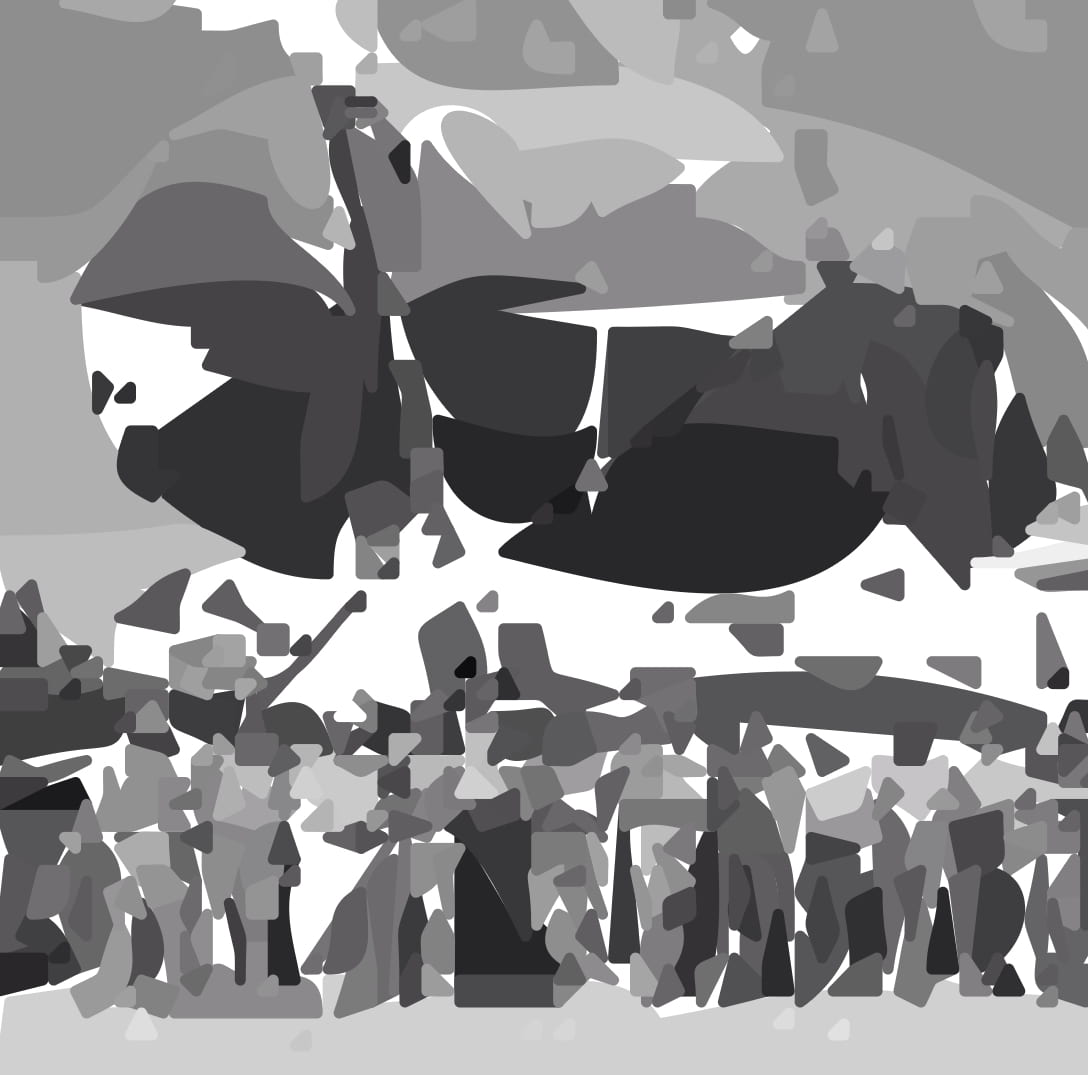
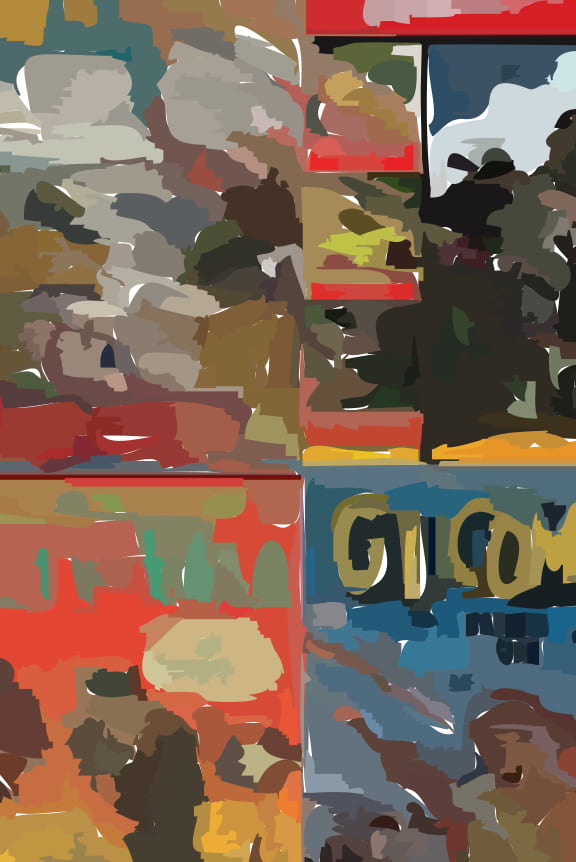
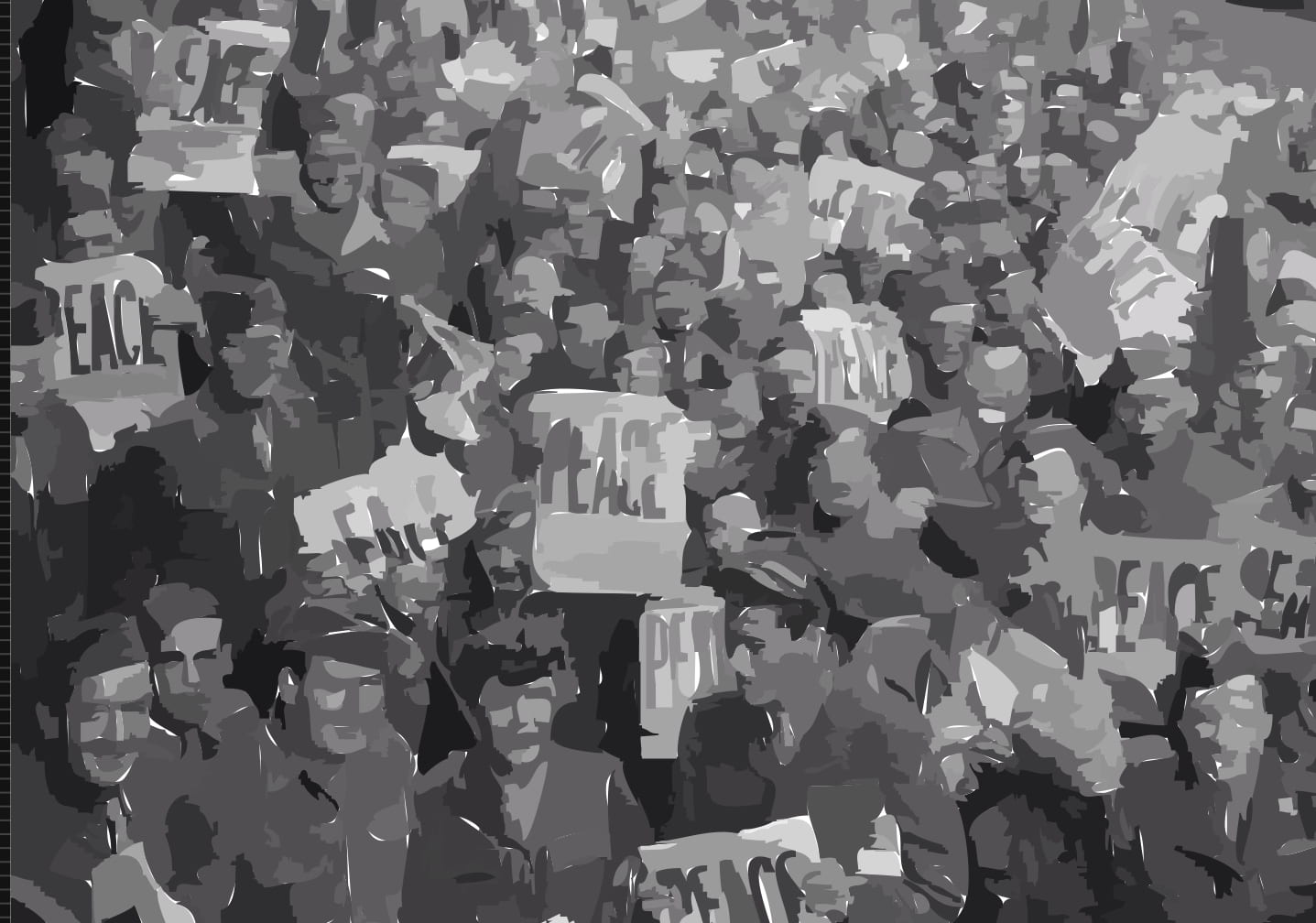
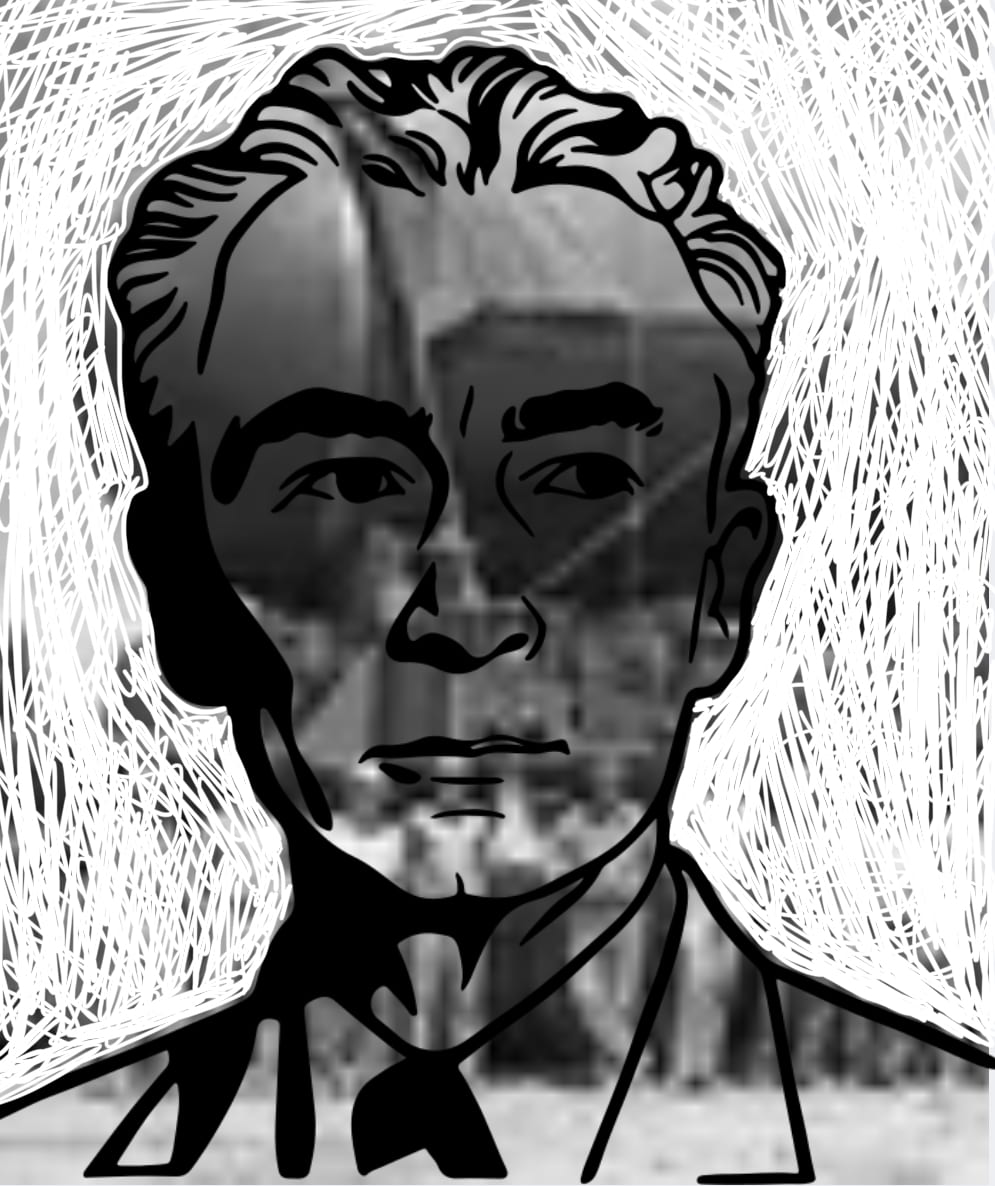
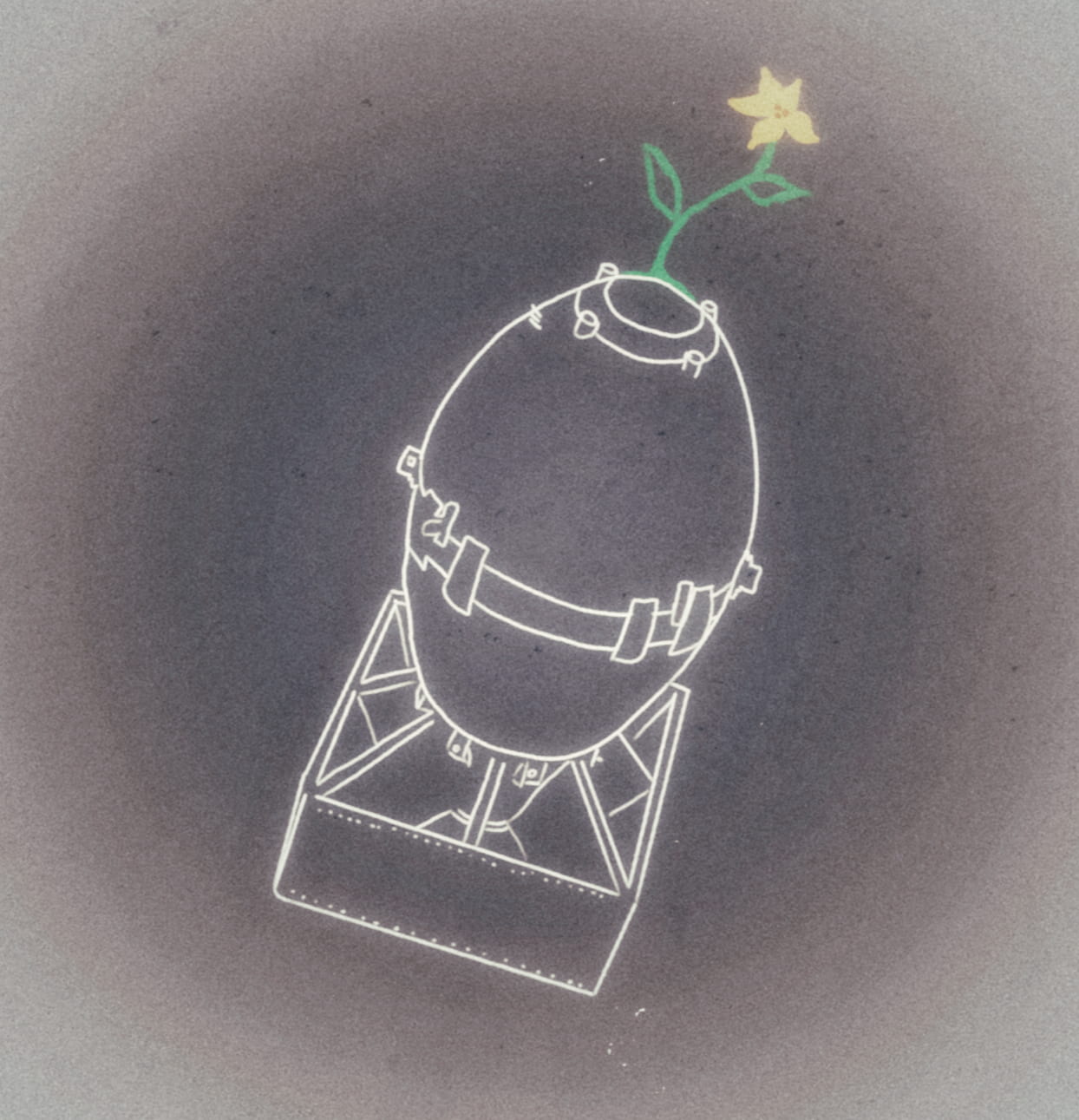
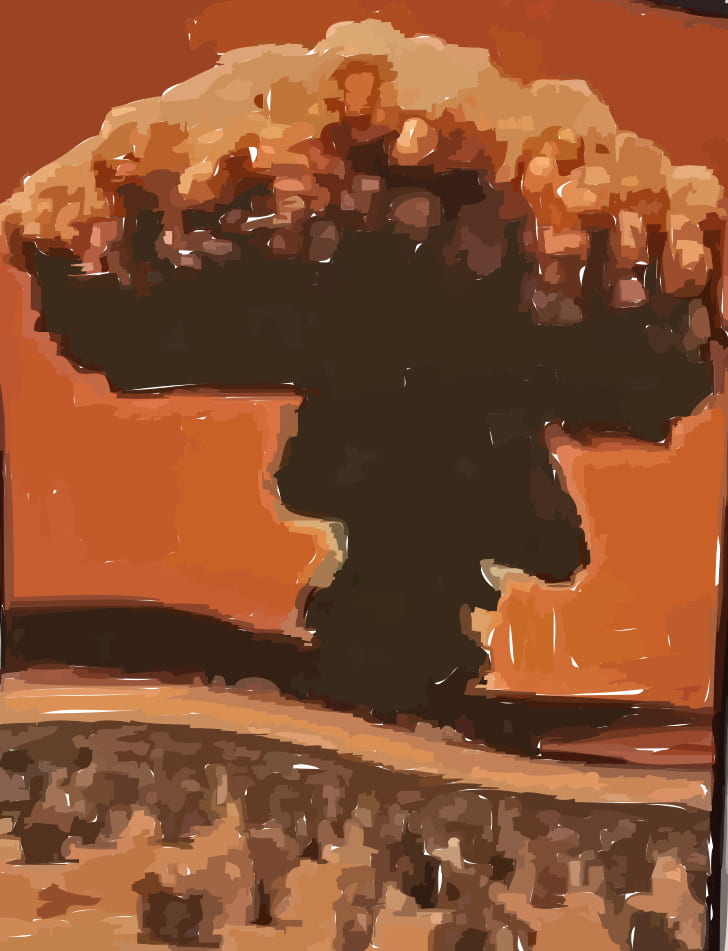
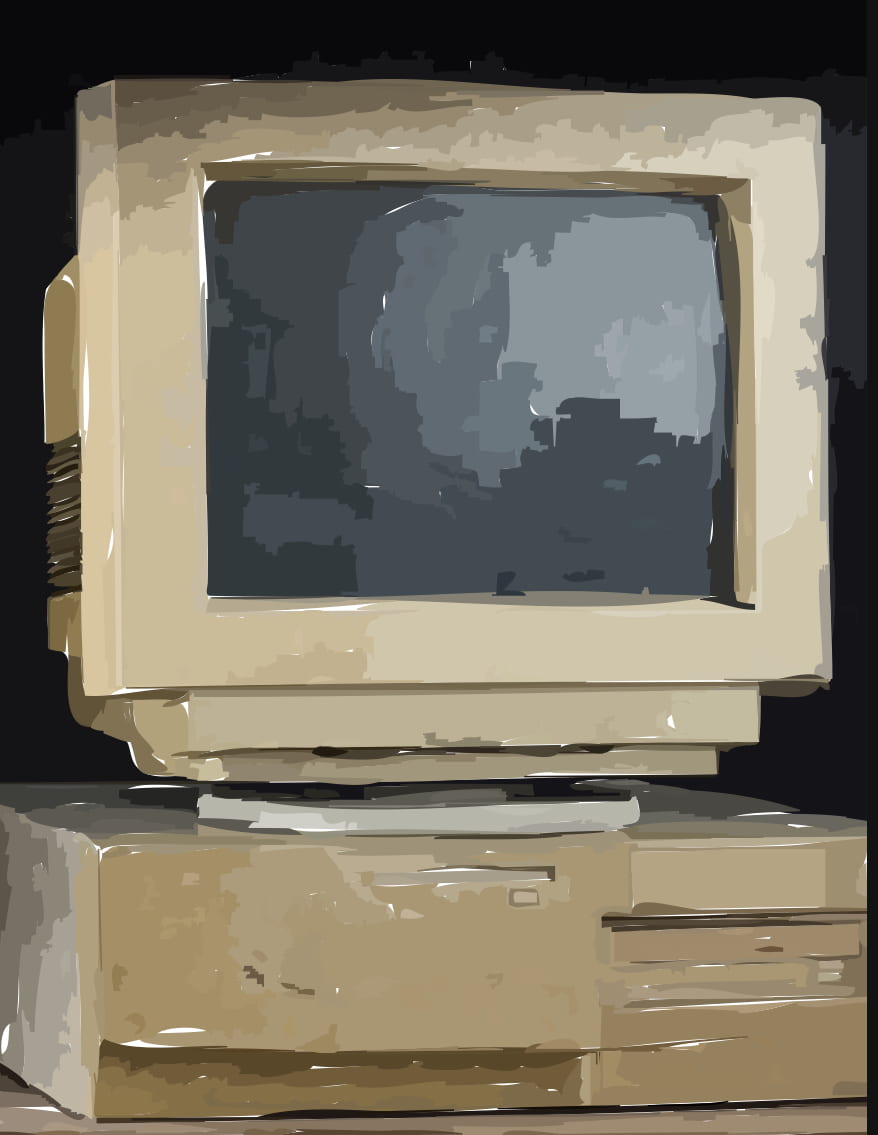
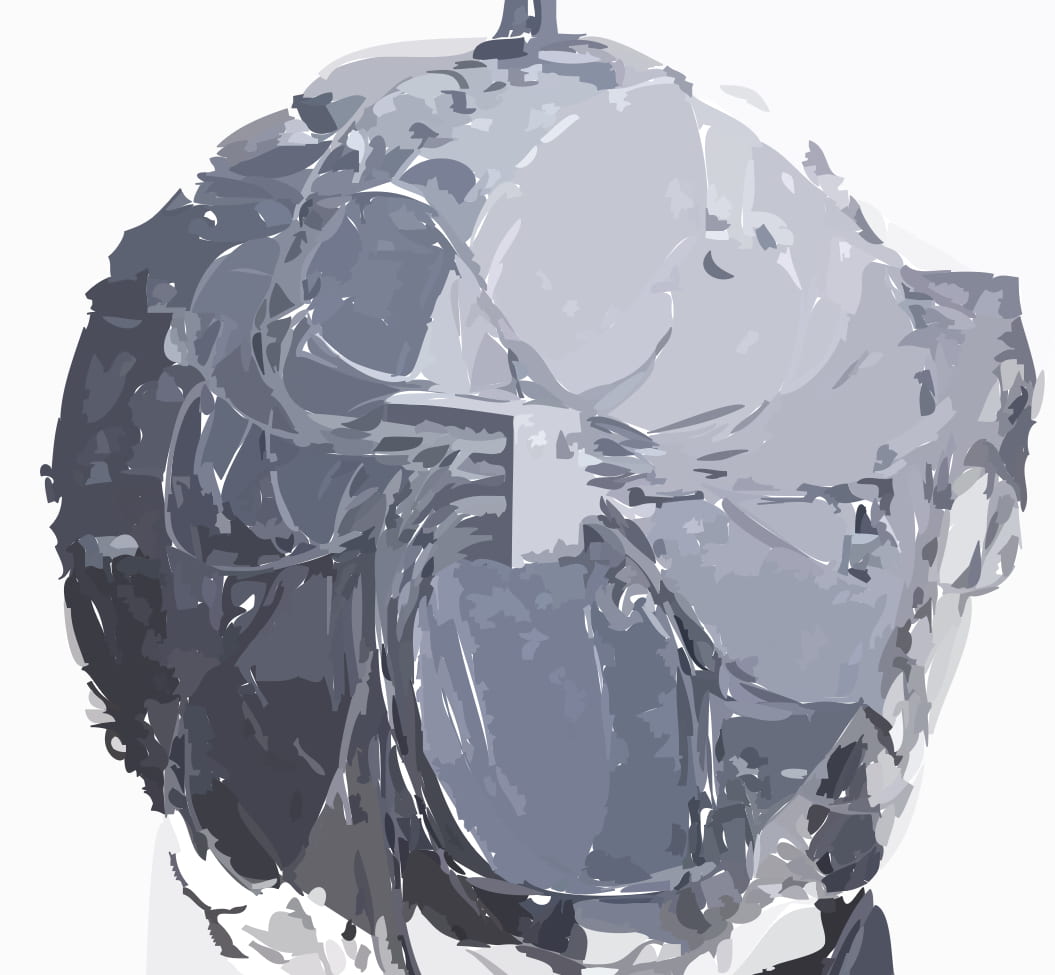

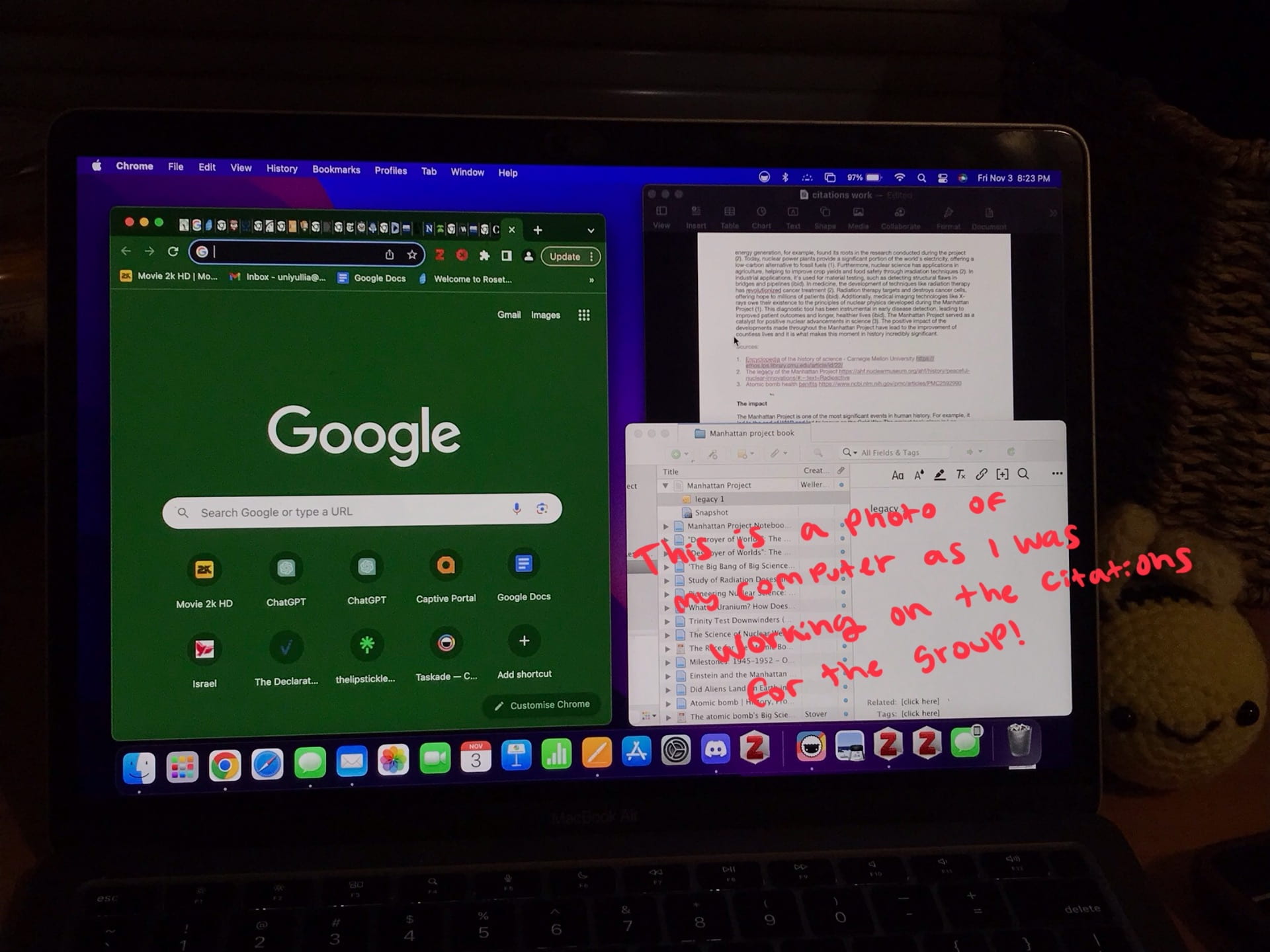
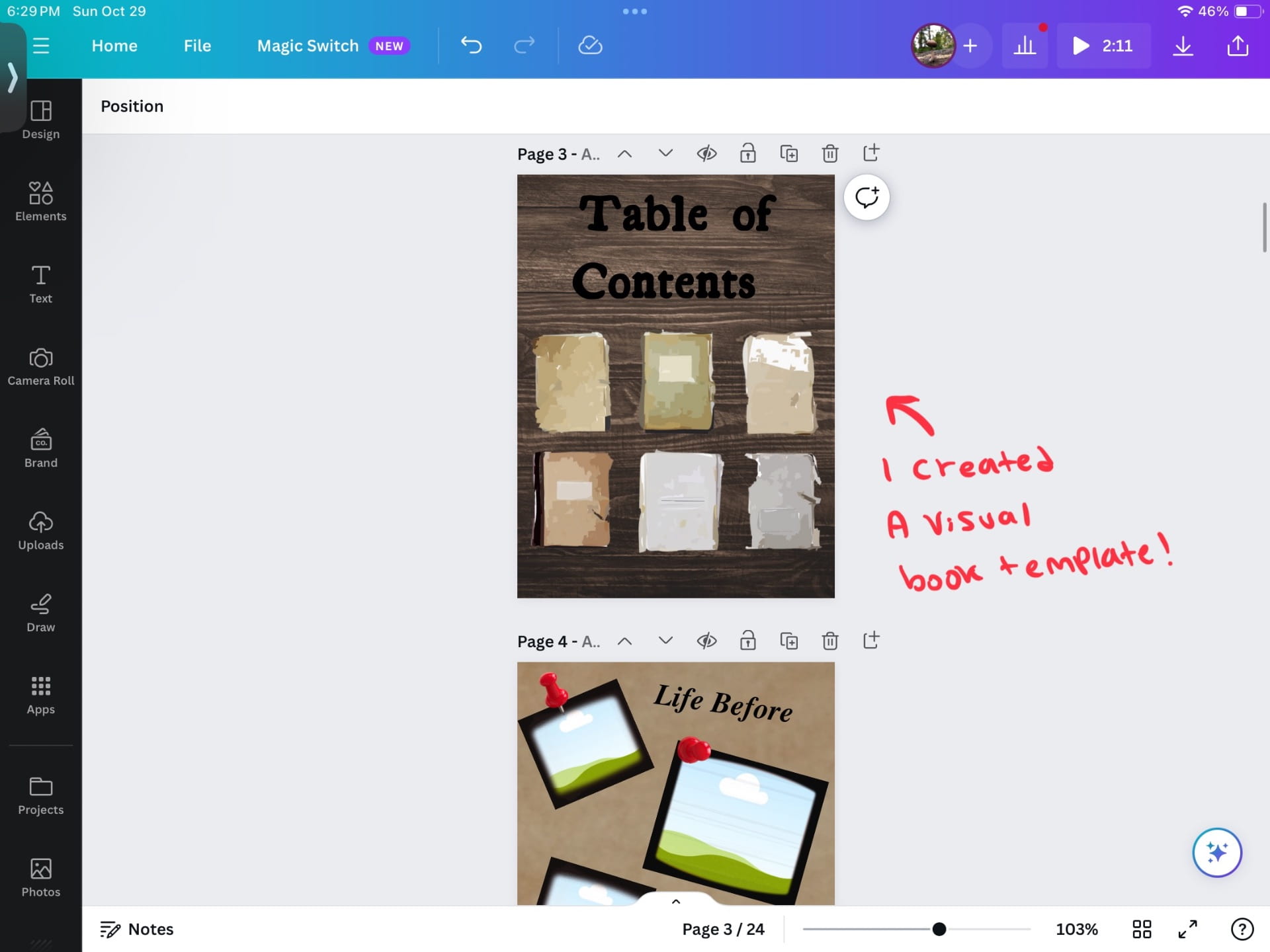
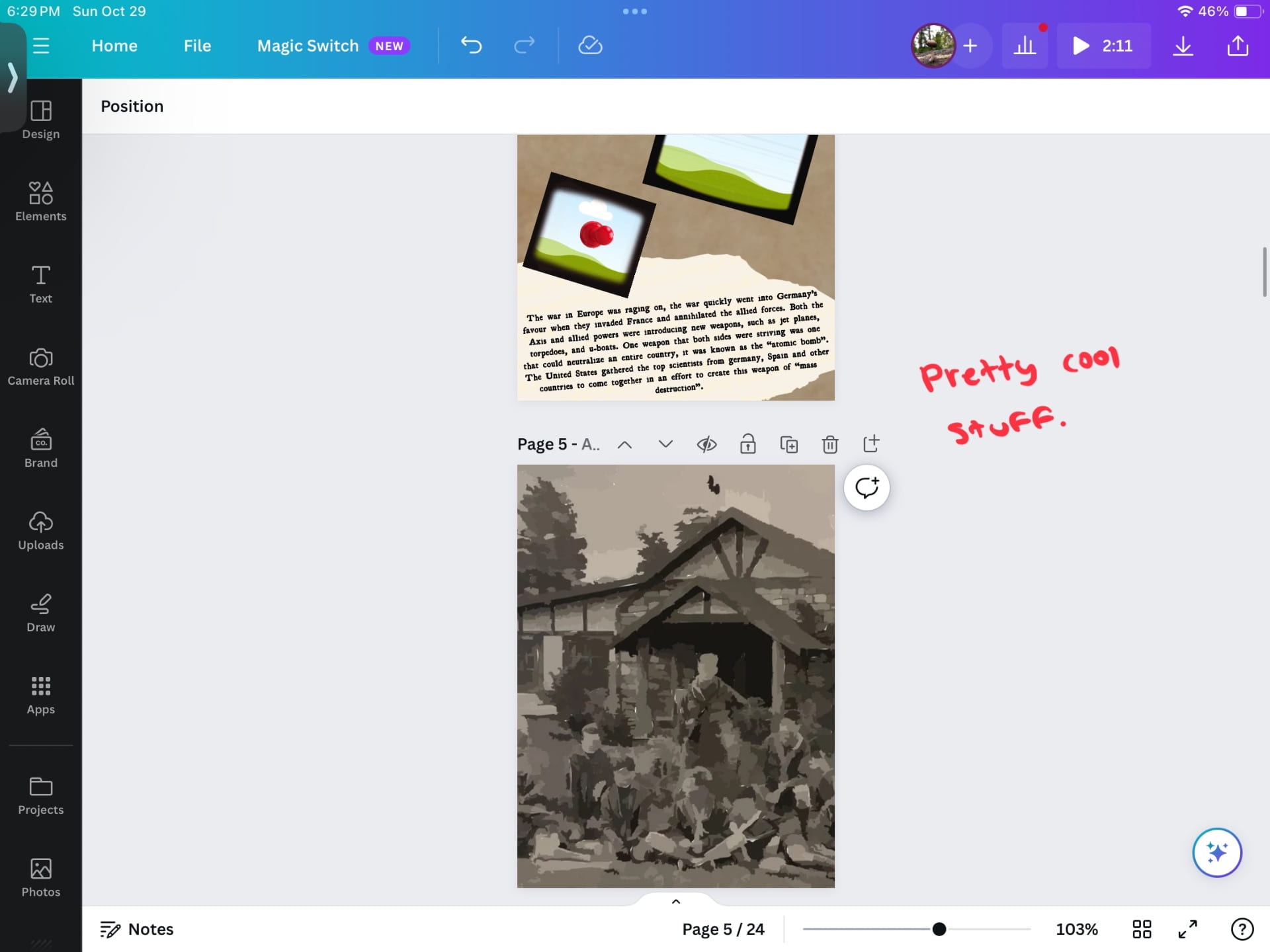





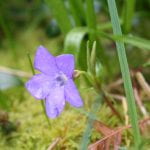
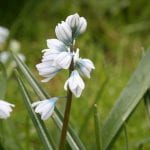














Leave a Reply